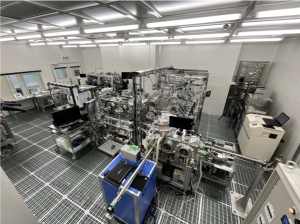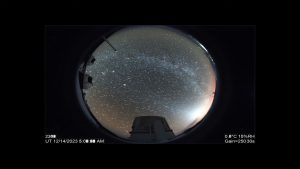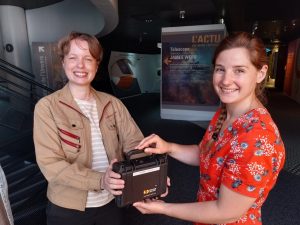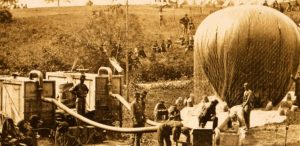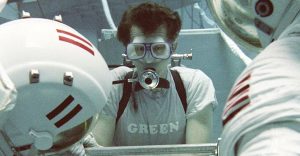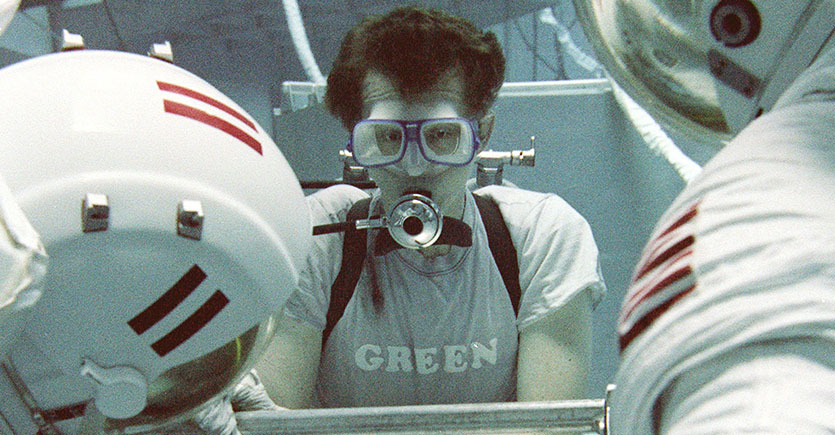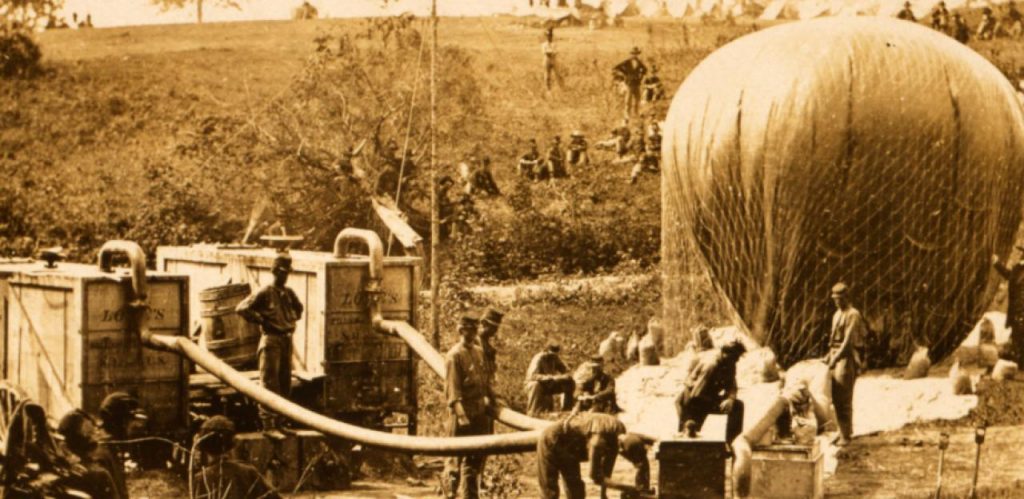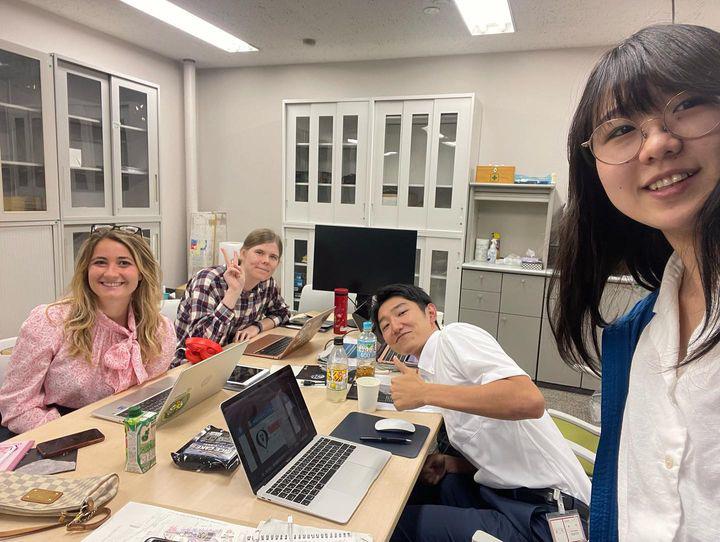
A fresh view: interning at a space agency
For two weeks in August, the JAXA Space Education Center welcomed two internship students from masters programs in Leiden and Tokyo to see first-hand how international collaboration, research and education is tackled on the JAXA Sagamihara Campus. At the end of their visit, what was their impression of working life at the space agency?
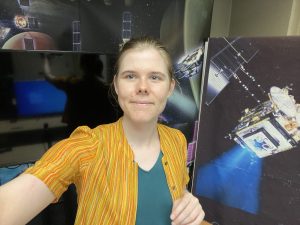
Rhona Hamilton
Masters student in electrical engineering at the University of Tokyo
“I’m interested in science in general, but in particular the extremes of science. I think space exploration is one area that really pushes the boundaries of what we know scientifically and what is technologically possible.”
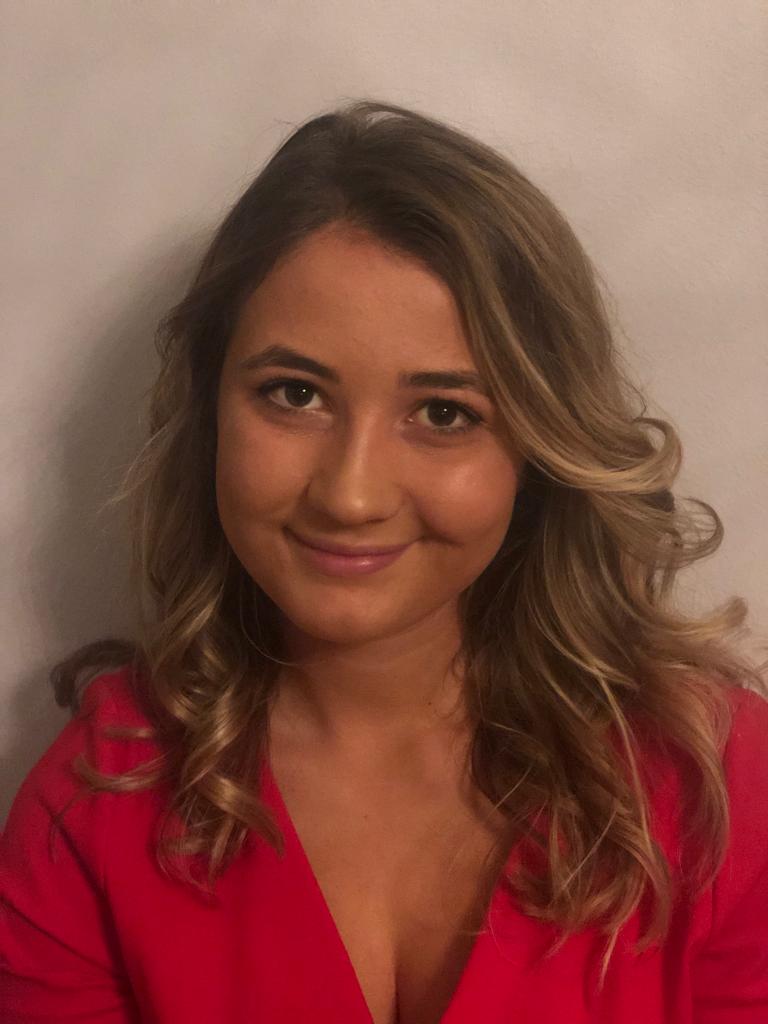
Costanza Azzini
Masters student in diplomacy and international relations at Leiden University.
”I find many elements of space exploration attractive, particularly when creating missions that include experts from all over the world cooperating to use concrete reasoning to reach impossible destinations. I also appreciate the combination of planning and problem solving that defines inherently risky missions.”
Space Expectations?
Before arriving at ISAS and the JAXA Space Education Center, what did our new arrivals think they might find?
Hamilton:
“I was expecting to meet a lot of very smart people working on very difficult and complicated space exploration missions. And I was expecting to be a bit confused and overwhelmed by it all.”
Azzini:
“I was curious to learn about the working of the agency. However, I was also prepared for a tight schedule with rigorous deadlines considering the short term nature of the internship. At the same time, considering the conversations had with our superiors even just by email it was clear to me that it would be a good work environment.”
Surprises?
While space missions turned out to be as multi-faceted than expected, both Hamilton and Azzini discovered the teams were happy to chat and share their experiences.
Hamilton:
“While I certainly found that JAXA’s missions were difficult and complicated, I also learned so much more besides that. All of the mission scientists we talked to were very passionate about sharing their work in an accessible way, and very generously answered any questions we put to them. I came away with a clearer picture of the human dimension of space exploration, an aspect which I felt was valued by all of the scientists we talked to.”
Azzini:
“I did not expect the ease with which everyone talked to us. We met with many experienced project leaders, and no one treated us any differently for being ‘just interns’. In fact, often we had conversations outside interviews where we got to know everyone better and share experiences and opinions. The same can be said of our office, where tasks were built so that we had set guidelines but were given space to exchange ideas and make a contribution through what we were doing. On a personal level, everyone was welcoming, and it was nice to have group activities as simple as eating out together.
The wide variety of projects in which we were involved at the JAXA Space Education Center was also surprising. From research to editing to podcast to education songs and slides, every task was of a different nature. It was a great opportunity to enrich our sets of skills with various new ones.”

Who did you meet?
Hamilton and Azzini met with a wide range of the team at ISAS, from project managers of different missions, to engineers and scientists. In the last couple of days, a visit from NASA offered the opportunity for the students to compare practices at two different space agencies. Hamilton offers a rapid rundown:
Hamilton:
“Our first interview was with Associate Professor Elizabeth Tasker and Ms Isobe Masumi from ISAS global outreach. They spoke about the importance of outreach for the organisation, and the strategies that they used for communicating with the public and press both within Japan and internationally. In particular, I was able to understand the importance of timely communication of mission outcomes in situating JAXA and ISAS on the international stage.
We spoke to Professor Saito Yoshifumi about the BepiColombo and JUICE missions, both of which are carried out in collaboration with ESA (European Space Agency). In addition to discussing JAXA’s scientific and technical contributions to these missions, it was interesting to learn about the history of the missions and the negotiations that go into forming the collaboration.
During our interview with Associate Professor Ozaki Naoya, we discussed JAXA’s capabilities in small spacecraft and CubeSats, as well as his background in systems engineering and trajectory design. In particular it was interesting to learn that small spacecraft have an advantage in riskier missions. Namely, deploying multiple crafts allows for redundancy to be built into the mission design.

Professor Usui Tomohiro introduced us to the mysteries of the Martian moons, Phobos and Deimos, some of which JAXA’s MMX (Martian Moons eXploration) mission intends to resolve. We also discussed the challenges of international collaboration that have arisen in MMX, which is JAXA’s largest planetary exploration mission so far, and the opportunities of learning from the experience in other agencies.
The theme of learning from previous experience was built upon in our interview with Professor Tsuda Yuichi, who explained his role at Project Manager in the Hayabusa2 asteroid sample return mission. The success of Hayabusa2 rested in many ways on learning from the previous Hayabusa mission. Professor Tsuda also discussed his responsibility to pass this learning onto the next generation of engineers and scientists working in JAXA.
We concluded our program of interviews by recording a podcast interview with ISAS Deputy Director General Fujimoto. In this interview we discussed our impressions of JAXA and ISAS based on our interviews and examined the role of international collaboration across the duration of a mission.
Lastly, we were fortunate enough to be able to talk with NASA Associate Administrator Nicola Fox and NASA Planetary Science Division Director Lori Glaze. They gave us their perspective on the growing private space sector. In particular it was interesting to hear how NASA both competes with private companies for human resources, and works together with these companies to diversify its approach to risky tasks such as reliable lunar landing in the Commercial Lunar Payload Services (CLPS) initiative.”
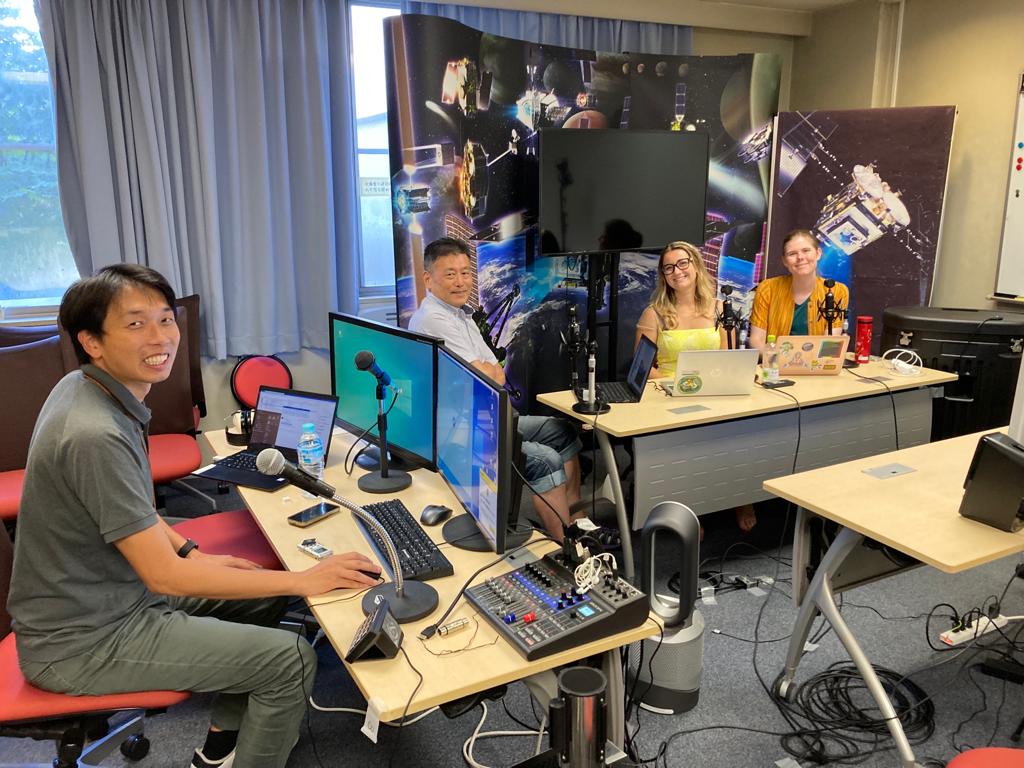
A multi-generational and multi-country endeavour
Azzini notes that while these talks covered a diverse range of missions and topics, common themes began to appear.
Azzini:
“The points that stood out the most were considerations about the learning process that is a mission; for the younger generation to learn from the older and more experienced one, but also for the latter to be able to teach to the new entries, which will lead the next mission. Such a regard for future missions is reflected in every aspect of the mission, including making sure that data and software will be accessible even with different technology in the future, and the awareness that the definition of success also includes opening possibilities for more missions going forward.”
Hamilton too found the emphasis on future work a surprise:
Hamilton:
“I was surprised by the sense of responsibility that our interviewees expressed in supporting the next generation of scientists and engineers. This idea came up in discussing the organisation and management of long duration space missions, and it was interesting to see how people conceptualised their role in projects that would outlast their own professional lives.”
Azzini also found that this exchange is not only between generations of scientists, but also between researchers in different fields. And of course, that financial considerations are a factor in designing a space mission:
Azzini:
“A second element was an exchange not only between generations but between different expertise, not just in terms of country of origin but also in terms of specialty, such as engineering and science.
Finally, there was a reflection on the different possibilities granted by different budgets, and the consequent statement that often cooperation is often born out of the opportunity to “share the burden” of costs and achieve missions that would not be possible otherwise. On this it is important to note that even though cooperation may be greatly influenced by necessity, it is no less genuine. The last interview with the NASA delegates allowed us to compare perceptions of international cooperation. We found that they also agree that the possibility to communicate in person is an irreplaceable asset that made working during the COVID pandemic particularly difficult. Equally, budget is found to drive many decisions and is also a part of the challenge of the private sector. While structurally different, both agencies recognised the possibilities granted by international cooperation and also the challenges that it brings, which are ultimately worth it because even risk is a learning opportunity.”
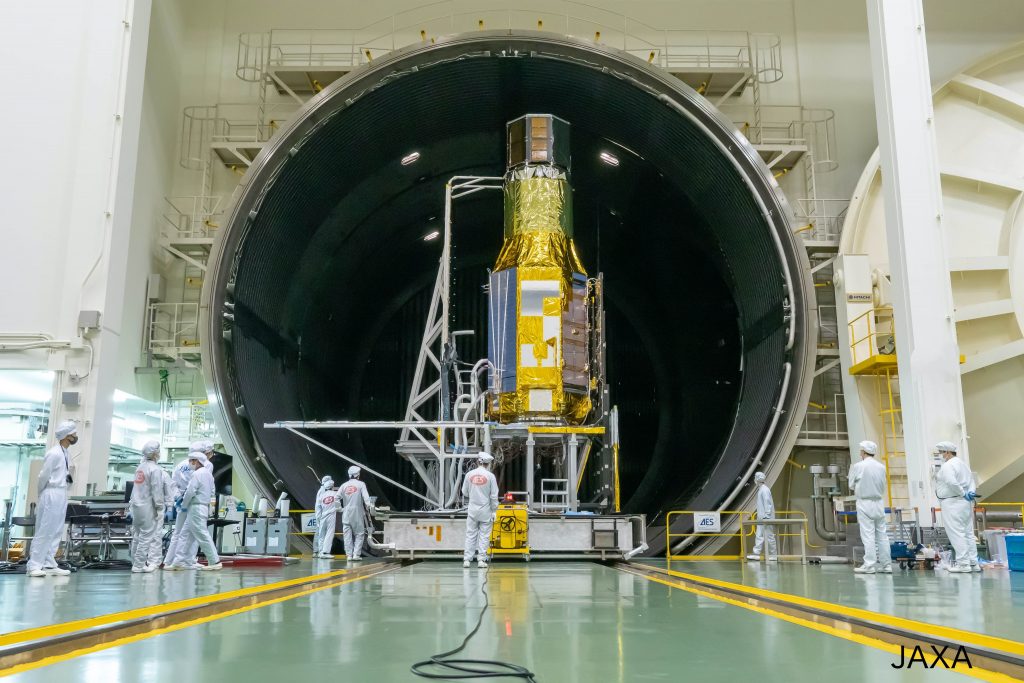
Could we do better in the future?
Hamilton commented that the smaller size of JAXA compared to space agencies such as NASA allows researchers to work in several different areas of a mission. However, as JAXA tackles larger missions beyond MMX, this might be a struggle to maintain and require a bit reorganisation.
Hamilton:
“JAXA’s relatively small scale allows for an interdisciplinary approach to space exploration, where individual researchers work across science, engineering and management tasks in a mission. It was acknowledged that while this approach allows for very quick decision making, it has fundamental limitations in scale of projects to which it is applicable. I think as the missions become larger and larger the communication and documentation processes will have to become more formalised, where previously communication was more informal or even not required because the same job was done by the one person.”
Azzini felt that expanding and reorganising the JAXA websites to make it easier to find more information on space, or links to where more detailed information could be found, would be a valuable asset to the international community.
Azzini:
“As a student myself, the idea of trusting one single site to have a lot of information for research would help greatly. If this is then made in Japanese and English, since you already have made sure that the material is accessible to anyone by making it bilingual, I believe that this could be the ground for making the JAXA websites the go-to point for anyone researching space, at any level and in any country. “
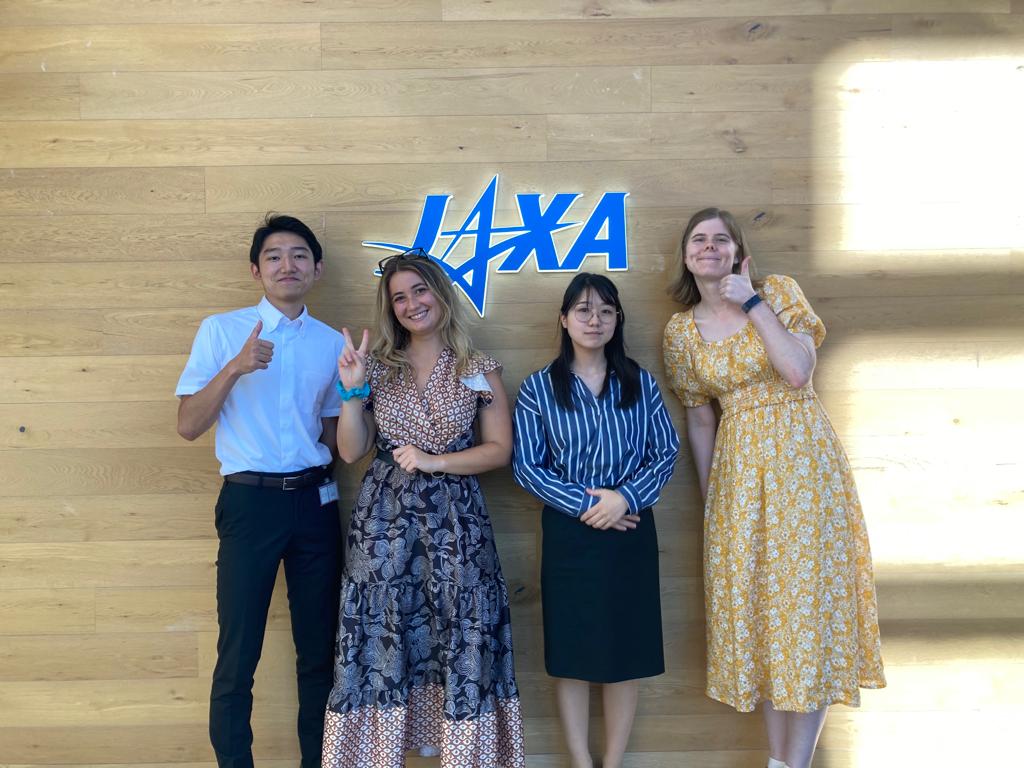
Final thoughts?
Reflecting on what they had discussed about space missions, Azzini concluded by noting that space missions are a circulatory system of ideas, and become a pathway to the next stage of discovery.
Azzini:
“In missions, exchange is fundamental—if not critical—of ideas, data, culture and, simply, respect. And respect and ideas are not just exchanged horizontally, between scientists of different agencies, but also vertically, to the people that came before and gathered a lot of experience, to the new experts that will bring forward the legacy of the project in future ones.
As days turn into months and months into years, a mission becomes a living, evolving hub, where old knowledge is tested and new knowledge is created, with opportunities to both teach and learn. The mission—and its success—is never an end in itself, instead it is part of a continuous discovery project of the scientific community.
As it was made clear to us by Professor Fujimoto Masaki on the very first day, we cannot frame space exploration in terms of material or economical gains. What should drive space research —and what seems to drive researchers here at ISAS/JAXA—is an opportunity to learn as infinite as space itself and the genuine interest in a cooperation that allows to turn dreams from a possibility to a reality.”
Further information:
Podcast interview with ISAS Deputy Director General Fujimoto Masaki
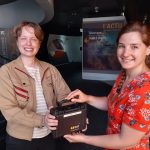 Previous Post
Previous Post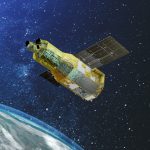 Next Post
Next Post